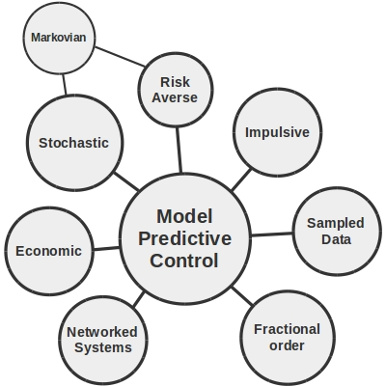In am a guest editor for the special issue on Visual
Perception for Micro Aerial Robots in Journal of Intelligent and Robotic
Systems, Springer.
Together with Prof.
George Nikolakopoulos, LTU and Prof.
Andreas Nuechter, Uni. Würzburg, we seek to attract high quality manuscripts on a
series of topics related to vision and guidance, navigation and control (GNC) for unmanned
aerial vehicles (UAVs) and especially aerial robots.
The purpose of this special issue is to address theoretical and application-oriented problems
in the general area of visual perception for micro-aerial robots and to identify and provide
key perception solutions that meet the real-time constraints posed by aerial vehicles,
following recent advances in computer vision and robotics.
Topics of interest include (but are not limited to):
- Vision-based control and visual servoing
- Visual navigation, mapping, and SLAM
- Cooperative perception using multiple platforms
- Vision-assisted floating-base manipulation
- Deep Learning for visual perception
- Object recognition, tracking, semantic and 3D vision techniques
- Fusion of vision with other sensing systems, e.g., laser scanner
- Advanced visual sensors and mechanisms (event-based, solid state sensors, LiDAR, RGB-D,
time-of-flight cameras, etc.)
- Aerial robot applications on key enabling perception technologies
- Model predictive control for vision-based autonomous navigation
- Reinforcement learning for visual perception.
Manuscripts should describe original and previously unpublished results which are not
currently considered for publication in any other journal.
All manuscripts shall be submitted
electronically, and will undergo a peer-review process.
For further details, please, consult the Journal website
or contact me or the Guest Editors.
Check out the announcement
on WikiCFP.











